Posts where people write about purchased products convert to sales much better than paid advertising. And posts from people with a handful of followers convert significantly better than posts from celebrities! Here are a couple of startups with an interesting mechanism that allows setting up such advertising systematically. Since the influencer marketing market has grown to 21 billion dollars, this is a very promising topic.
Project Essence

Stack Influence helps brands advertise their products through “ordinary” influencers.

By “ordinary,” the startup means “micro-influencers” who have a smaller follower count. According to the startup, these are people with less than 20,000 Instagram followers.
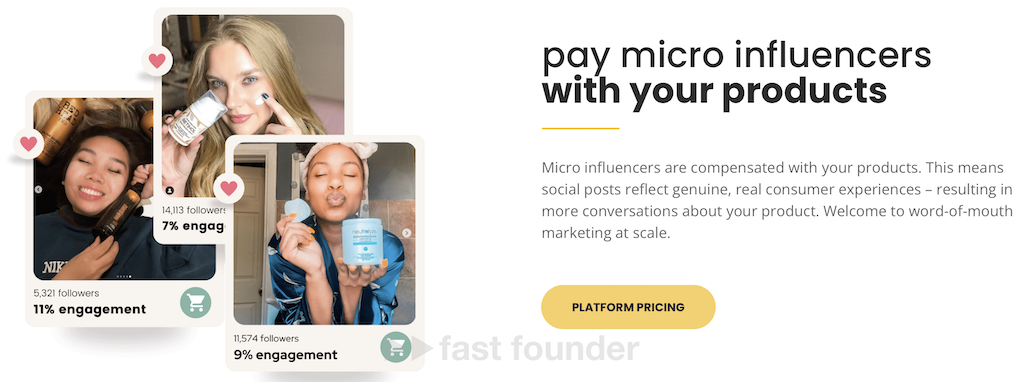
The key feature of Stack Influence is that it allows brands to pay influencers with products instead of money for advertising.
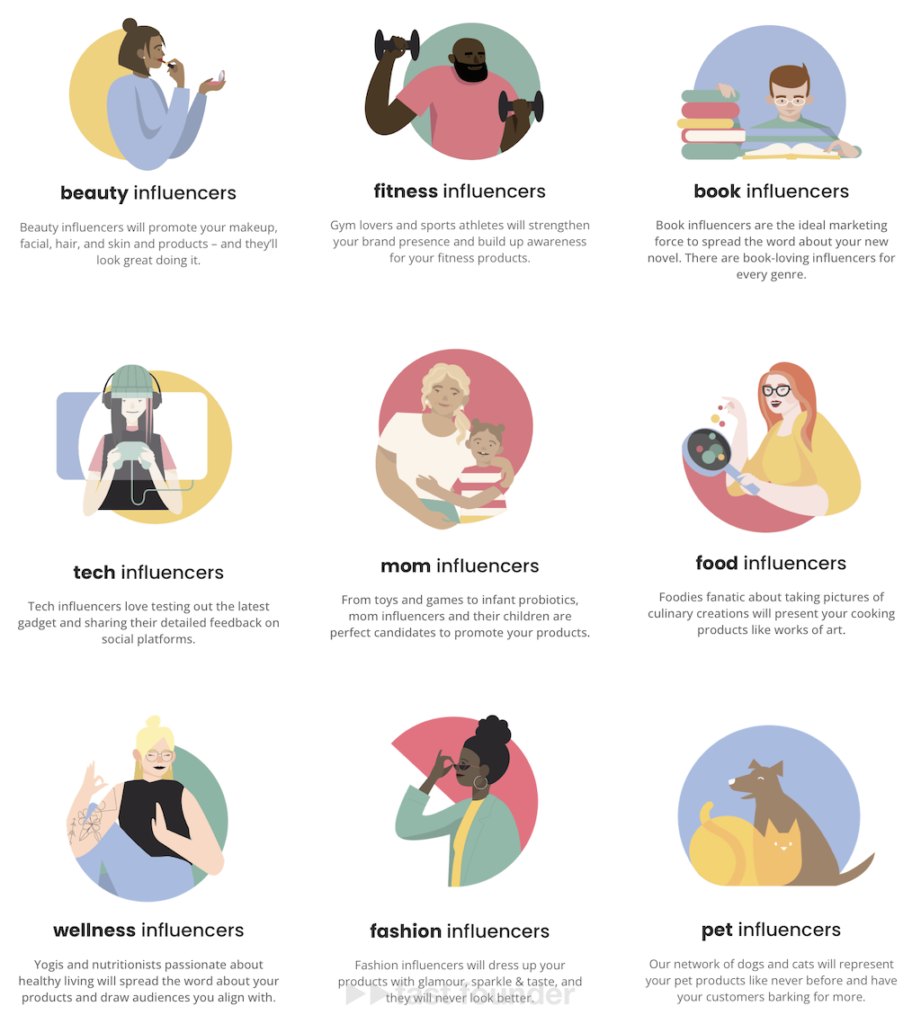
The main product categories that can be promoted through the Stack Influence platform include cosmetics, perfumes, personal care, healthy living, gadgets, cooking, children, fashion, and pets.

According to research, American micro-influencers charge between $100 to $500 per Instagram post. Consequently, it’s feasible to advertise products of a similar value.
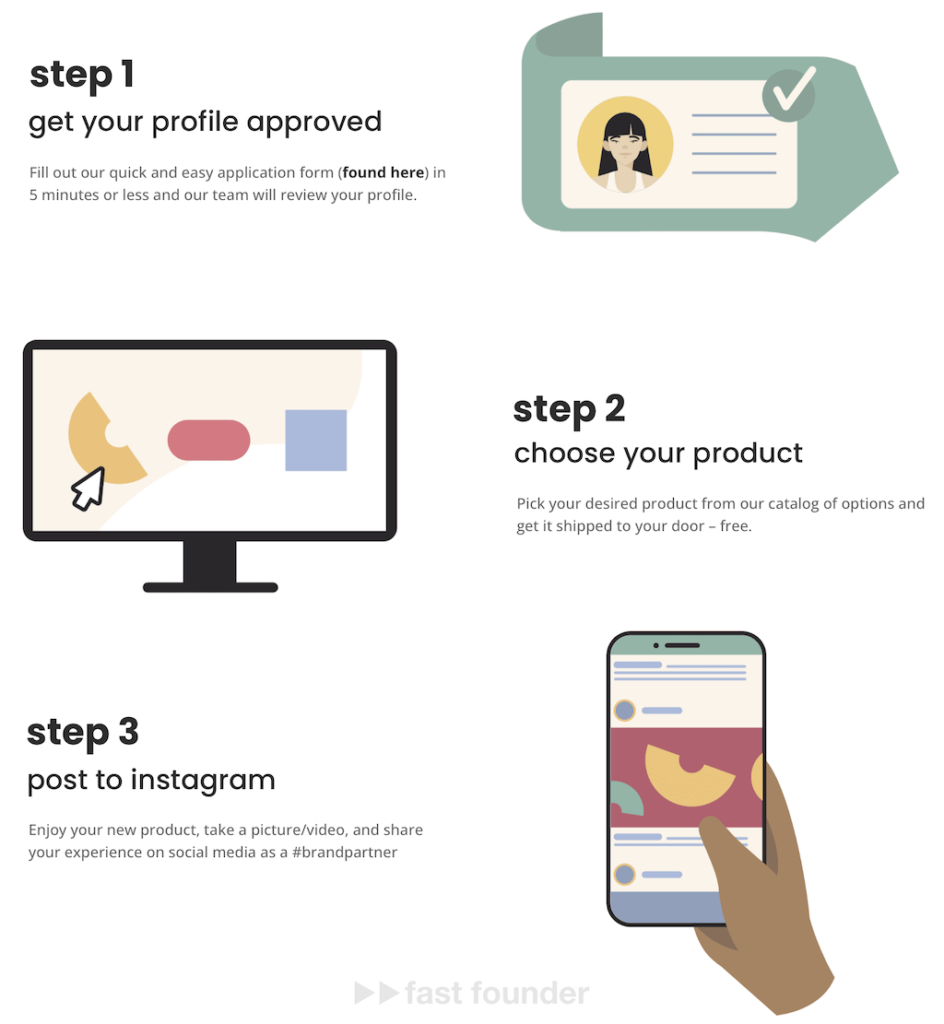
Micro-influencers must register on the Stack Influence platform and await profile approval. Concurrently, the platform analyzes the profile’s audience to add its theme, reach statistics, and audience’s socio-demographic indicators to the database.

Afterward, micro-influencers can periodically choose products they like from a catalog offered by brands for promotion. However, a specific influencer’s participation in an advertising campaign must be approved by the platform’s algorithms, which take into account the influencer and their audience’s socio-demographic, psychographic, and geographic criteria — naturally, with the help of AI 😉 The selected products will be delivered to approved influencers for free.

The micro-influencer’s task is to publish a short review of the product on Instagram, featuring a photo or video and the advertiser’s hashtag. Stack Influence’s robot automatically tracks all such posts by registered influencers, gathering statistics to present to advertisers.
Similarly, the platform monitors dishonest individuals who fail to post about a delivered product within the required time, write nonsense, or consistently show critically low subscriber engagement — they will then be blocked on the platform.
At the same time, platform specialists prepare and send recommendations to micro-influencers on how to compose and present their posts better to ensure adequate engagement levels.

Stack Influence claims to have gathered 11 million American influencers on its platform. However, it’s doubtful that all these 11 million people voluntarily came and registered on the platform. Therefore, it likely refers to the number of all micro-influencer profiles identified by the platform — with whom the platform’s robot then separately contacts if their profile meets the requirements of a specific advertising campaign.

Among the platform’s advertisers, the startup lists well-known brands, ranging from Unilever to the $100 million-investment startup Magic Spoon.
Stack Influence has been in existence for several years but only recently raised its first external investment of $1.27 million.
What’s Interesting

The main focus of Stack Influence is not on influencer marketing in general but specifically on micro-influencers.

The first reason is obvious. Macro-influencers with millions of followers can negotiate directly with advertisers. There are relatively few of them – only about 34.3 thousand on Instagram.
But there are about 60 million micro-influencers or nanonfluencers, according to the criteria. Manually conducting an extensive advertising campaign with such a volume of small accounts without a specialized platform to aggregate them is practically impossible.
But why should advertisers bother with micro-influencers?

Because, as Stack Influence asserts, micro-influencers can achieve much better audience engagement than influencers with larger followings — up to 6-7 times higher!

Other sources indicate that the engagement difference between small influencers with up to 5,000 followers and celebrities with over 1 million followers is substantial — 4.84% vs. 1.23%, a significant multiple.
Interestingly, on YouTube, the pattern is reversed — celebrities show twice the engagement (4.064% vs. 2.045%). On TikTok, the difference is not very large — 13.70% for celebrities versus 12.43% for “small fries.”
Additionally, micro-influencers’ product posts generate 22% more discussions with subscribers, as they are more likely to ask questions and receive responses. This also contributes to higher purchase conversions.
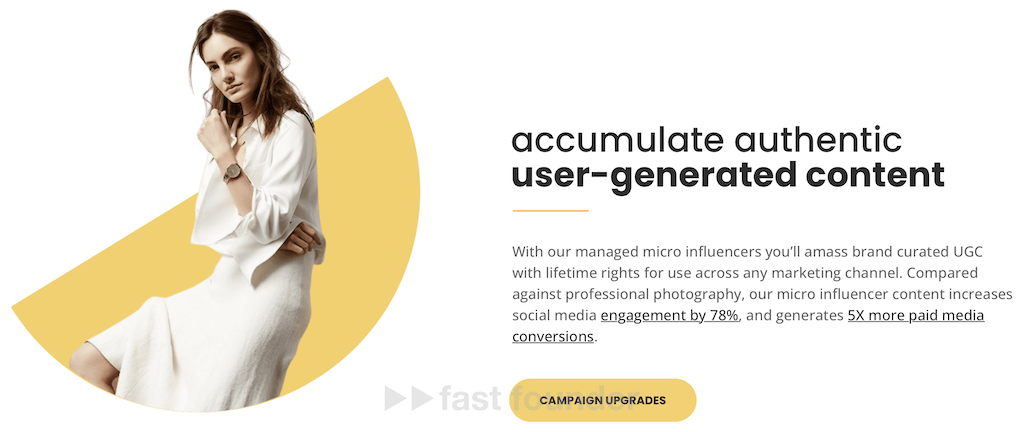
Overall, micro-influencers reportedly have a five times higher purchase conversion rate than paid advertising.

Considering return on investment, another similar startup mentioned in another review indicates that real user product posts are 2.9 times more effective than regular Instagram ads.
Even though the technical photo and video quality among micro-influencers is much lower than professional photographers, Stack Influence claims that amateur photos ensure 78% more engagement due to their authenticity, featuring ordinary people in everyday settings, thus significantly increasing ad trust.
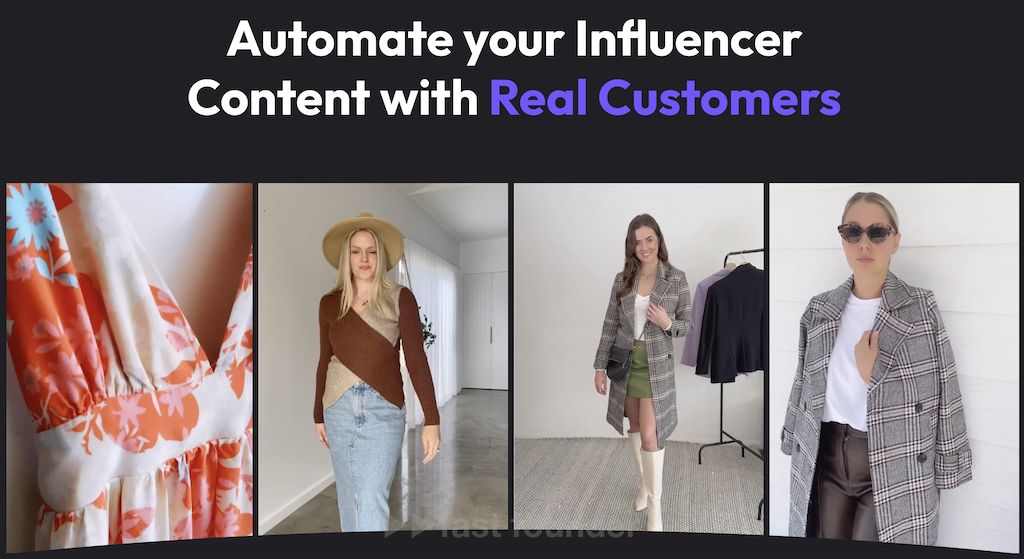
More trustworthy are not only the photos but also the words. If a person genuinely tries a product and likes it, they will find much more sincere words to describe it than someone who is merely paid to say abstract, pretty words.

Startup Zipr takes an even further step. It offers advertisers not to give their products for free but to provide bloggers with special discounts for their purchase. In this case, the person must pay real money for the opportunity to advertise the product 😉
There is a full sense that in this case, their advertising will be even more sincere and convert to purchases more effectively than today’s Stack Influence.

By the way, over the past six months, Zipr has adapted its offer on its website to the almost mandatory AI nowadays — “we use AI to provide bloggers with discounts directly at the online store purchase.”
Where to run
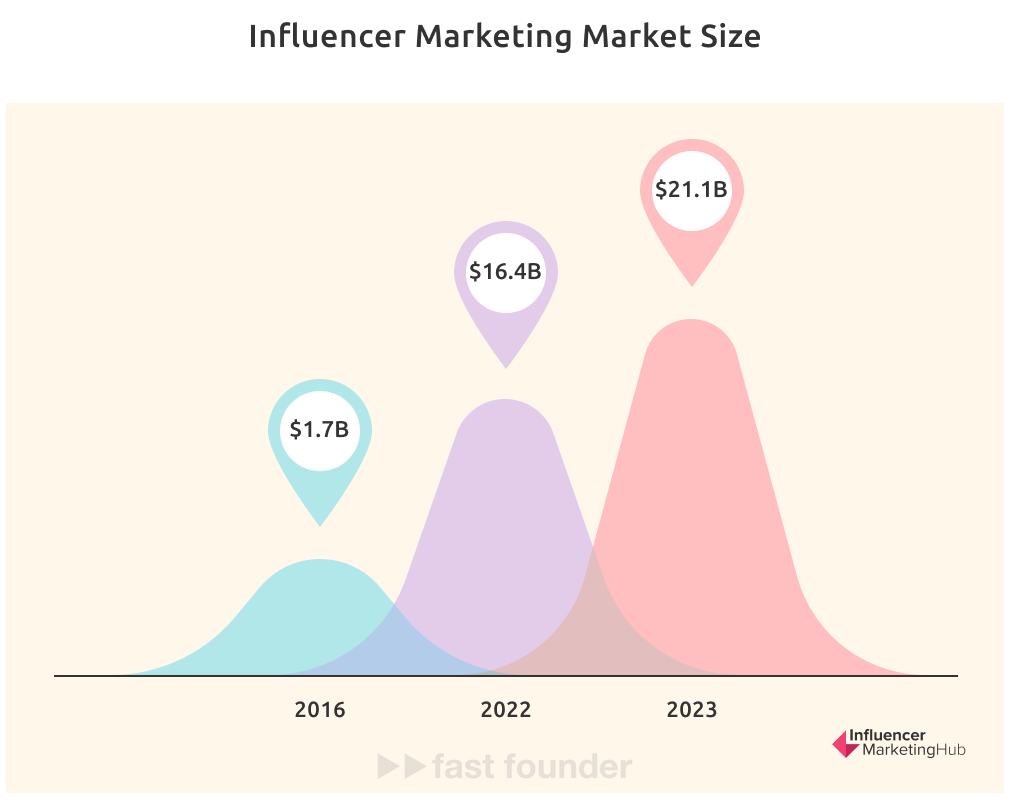
The influencer marketing market is growing at a very good pace. In 2016, it was $1.7 billion, in 2022 — $16.4 billion, and in 2023 it is expected to grow to $21.1 billion.
The reasons are clear. Traditional advertising is becoming more and more expensive, and the returns on it are diminishing 🙁 Against this backdrop, influencer advertising is increasingly attracting advertisers’ interest — and the market growth rate clearly confirms this.
A promising direction within this broad theme is the creation of platforms for advertising through micro-influencers.
Firstly, because working with them without a platform solution is impractical 😉 And secondly, because they can provide greater purchase conversion and better return on advertising investments.
But achieving such conversions and returns on investment is difficult without ensuring the sincerity of their advertising. In this regard, the methods proposed by today’s Stack Influence and Zipr are very interesting.
The problem is relevant, the market is large, and inspiring examples for emulation have already been found — now it’s just a matter of getting to work 😉
About the Company
Stack Influence
Website: stackinfluence.com
Latest Funding Round: $1.27M, November 23, 2023
Total Funding: $1.27M, Rounds: 1
